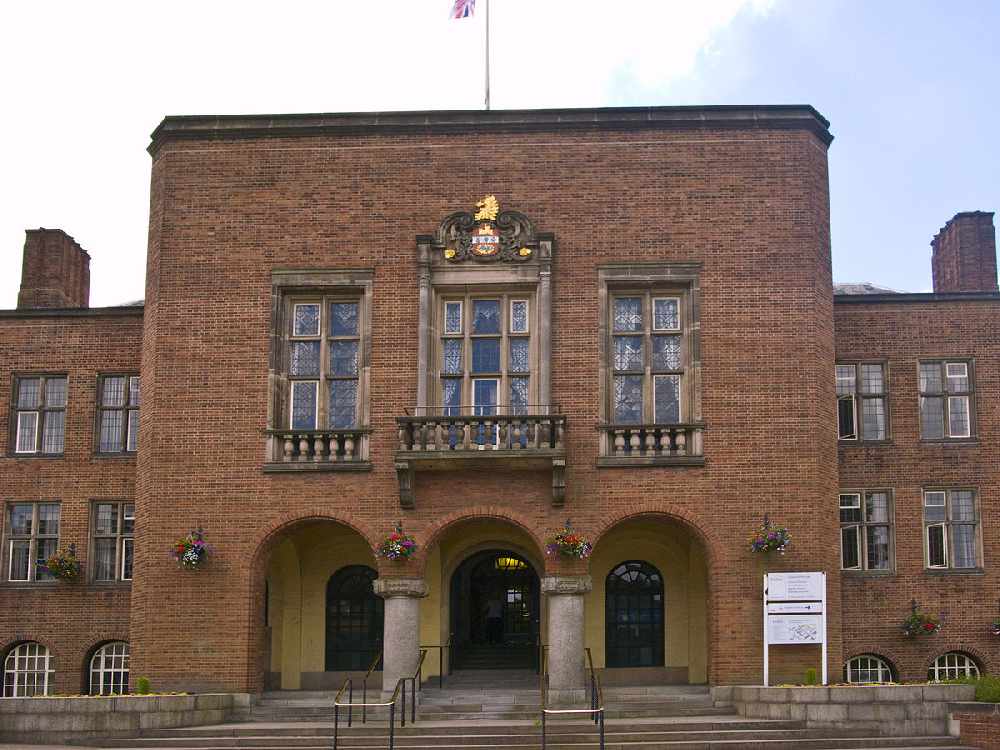
Dudley Council is set to consider a big change in how the borough is governed by looking at introducing town councils.
A proposal to do a feasibility study on establishing a tier of government below the borough council will be debated at the next cabinet meeting on February 12.
Town councils are the same as parish councils in rural areas and Cradley is being suggested as a possible location for a new locally elected panel.
Dudley Lib Dem leader, Cllr Ryan Priest, who represents the Cradley North and Wollestcote ward, said: “Local people are ultimately the experts on their local areas.
“Town councils are a simple way to take control away from Dudley Council and give more power to residents over the decisions that impact their lives.”
“Cradley provides the perfect place to trial this project, with its strong local identity separate from neighbouring Halesowen and Stourbridge.”
Cabinet members will debate holding a feasibility study into setting up a Cradley Town Council, the study has an anticipated budget of £75,000.
Town councils are funded by an additional charge on council tax referred to as a precept as well as income from providing services.
The size of the precept would depend on the amount of services provided and the size of the town council.
Town councils can be responsible for delivering a wide range of services including allotments, car parks, celebrations and festivals, community buses, community and leisure centres, litter bins, parks and open spaces, public toilets and street lights.
Town councils must have a minimum of five elected councillors and can also give a view on planning matters, policing and health services.
A report for the cabinet meeting on the proposal said: “Town councils play a vital role in shaping local communities, and by aligning their efforts with larger council plan strategic priorities, they can ensure that local actions contribute to regional growth, economic prosperity, and social well-being.
“It is crucial for both town councils and the local authority maintain a balance that ensures the broader objectives are aligned with the real, immediate needs of local communities.”













Comments
Add a comment